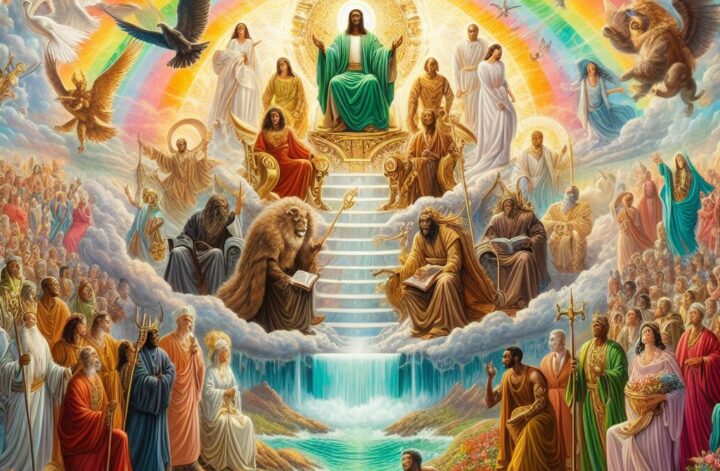Background
As mentioned earlier, John arranged his writing into two major parts based on the judgment motif. The first part deals with the judgment (or warning/encouragement) of the Church. Some of the seven churches of Revelation received rather stern warnings and threats of judgment. For instance, certain members of the Pergamum church have embraced false teaching, leading them to sin similarly as ancient Israelites did when Balaam enticed them towards “food sacrificed to idols” and they “committed sexual immorality” (2:14). In response, Jesus says, in John’s vision, that these members of the Pergamum church should repent, or he will visit them soon and “fight against them with the sword of his mouth” (2:16). That sword kills (Rev 19:21). Similarly, Jesus warns the Philadelphian church about the possibility of losing their crowns (3:11), if they do not continue to hold fast to sound doctrine.
Chapters 6 to 20 contain the second division of the book, which details the judgment of the world, following that of the churches. But this arrangement leaves Chapters 4 and 5 hanging. Why might John do that? Among other things, he does so to make a subtle theological point of presenting Jesus as Yahweh.

